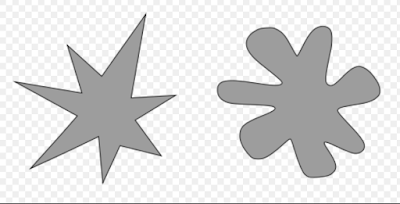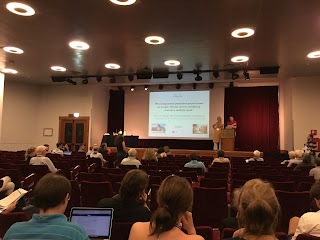The Glamour of Grammar

A quotation from Lyle Campbell's Historical Linguistics (1998:5) on the shared etymology of the words glamour and grammar , in honour of today's xkcd cartoon: ' Glamour is a changed form of the word grammar , originally in use in Scots English; it meant 'magic, enchantment, spell', found especially in the phrase 'to cast the glamour over one'. It did not acquire the sense of 'a magical or fictitious beauty or alluring charm' until the mid-1800s. Grammar has its own interesting history...In Classical Latin, grammatica meant the study of literature broadly. In the Middle Ages, it came to mean chiefly the study or knowledge of Latin and hence came also to be synonymous with learning in general, the knowledge peculiar to the learned class. Since this was popularly believed to include also magic and astrology, French grammaire came to be used sometimes for the name of these occult 'sciences'.'

